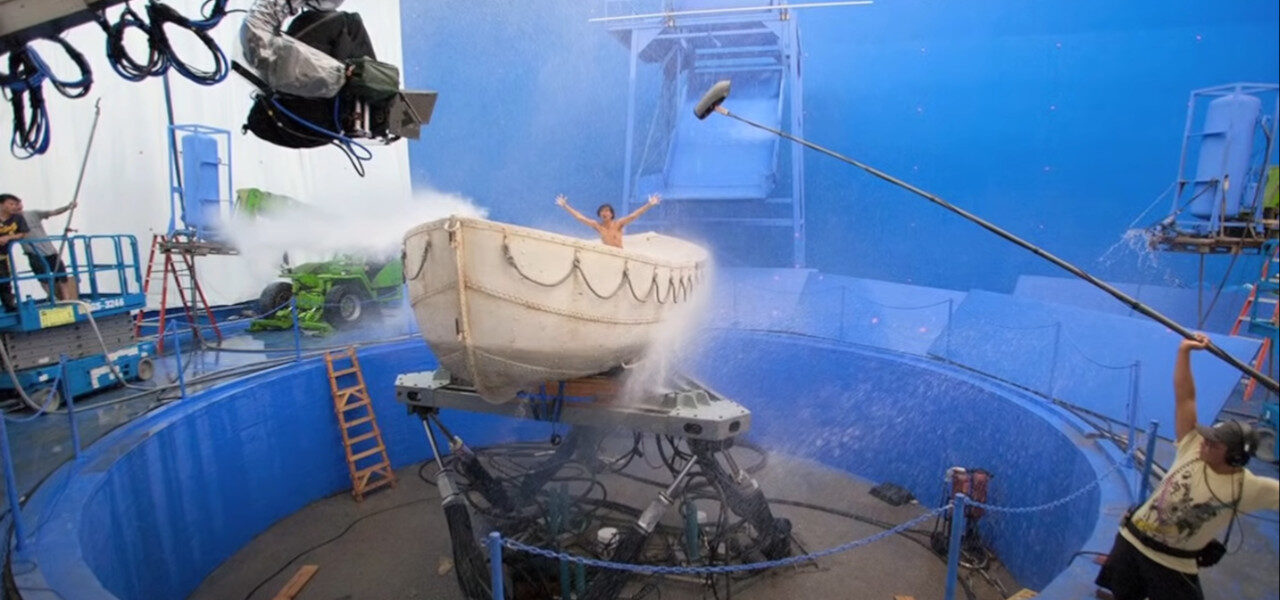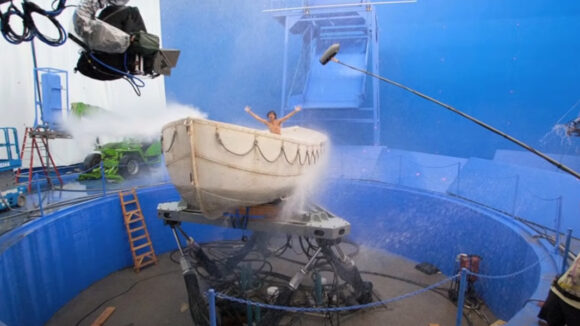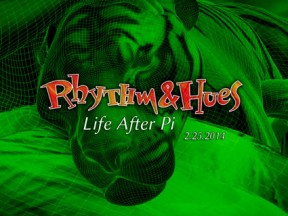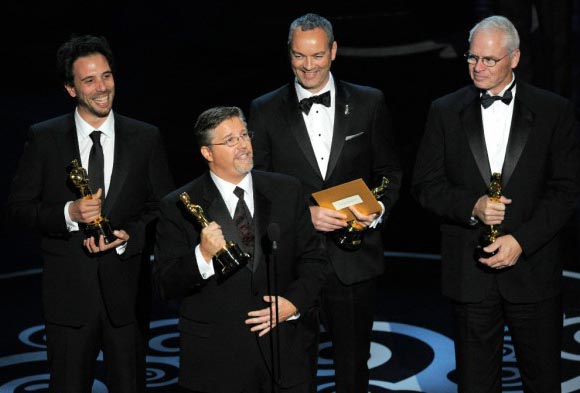

‘The Visual Effects Crisis’: New Video Essay Examines Tenuous State Of Modern VFX Industry
A new video was released over the weekend which has gone viral in vfx circles. Produced by Mubi and The Royal Ocean Film Society, it’s a detailed look at the overworked and underappreciated vfx industry.
A good portion of the video, titled The Visual Effects Crisis, focuses on the now-legendary story of Rhythm and Hues (R&H), once one of the world’s leading vfx houses which was driven to ruin by the disastrous production of Life of Pi.
There are multiple versions of the story told about what happened during that film’s production, but the video references one anecdote that seems to recur most frequently. According to that version, director Ang Lee called for a huge changes to the tiger character’s cg mid-production.
R&H ended up shouldering most of the financial burden for those changes, and it eventually drove the company into bankruptcy. The film released in November 2012 and grossed more than $600 million worldwide. Within six months, R&H filed Chapter 11 and laid off more than 250 employees. Days after the company filed for bankruptcy, Life of Pi won four Oscars while, outside the ceremony, nearly 500 vfx artists protested.
Using the Life of Pi anecdote as a base for many of its arguments, while also citing a seemingly endless list of productions from the likes of Netflix and especially Marvel and DC, the video claims that one of the key problems facing the industry today is a disconnect between the filmmakers who are making films and the vfx companies contracted to do the vfx work.
While several filmmakers and productions are cited as having been problematic, the video saves its harshest criticisms for Cats and its director Tom Hooper, describing the film as the touchstone of all the problems affecting the vfx industry.
Hooper is described as a “demeaning, tyrannical director who quite literally had no grasp on how visual effects are created.” Stories from artists who worked on the film almost beggar belief, with some claiming that Hooper knew so little about the process that he expected fully rendered shots anytime he wanted to be caught up on what was being worked on.
Predicting more future catastrophes like the one suffered by R&H, the video suggests two primary ways in which the film industry could help protect its vfx houses. The first, that vfx houses should receive a portion of the residuals or profits from films on which they’ve worked. If Tom Cruise gets $100 million for Top Gun: Maverick being a smash, shouldn’t the artists behind the main characters in productions like Sonic the Hedgehog, Jurassic Park, or the Godzilla films get some kind of compensation when those films are hits?
The video’s second suggestion is unionization. Citing the improvements seen in other sectors of the filmmaking industry after workers there unionized, the video suggests that if vfx workers want a similar future for themselves, they’re best path forward is together.

.png)


